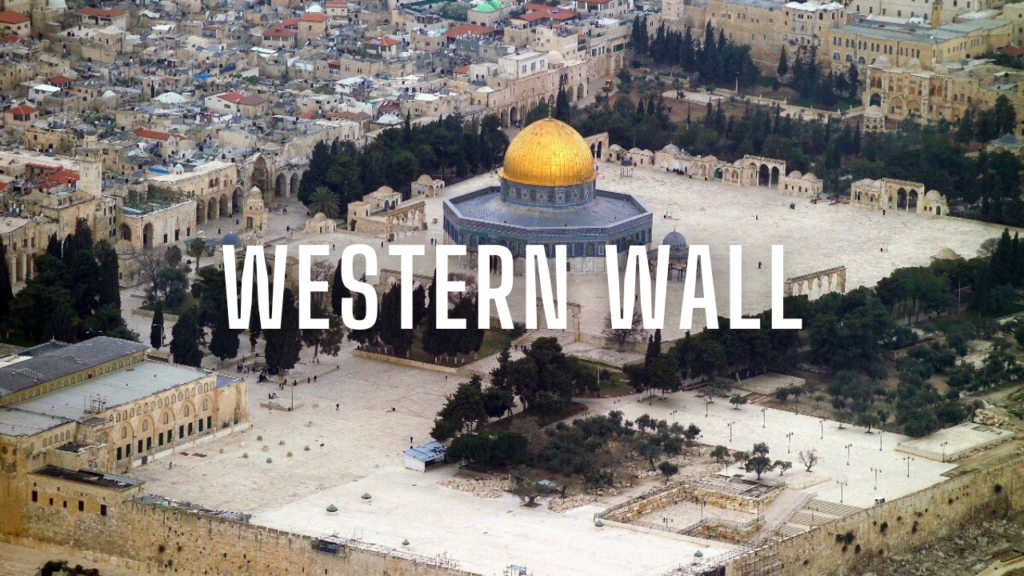Western Wall in Jerusalem: History, Facts and Significance

The Western Wall, also known as the Wailing Wall, is one of the most sacred sites in Judaism. It is a remnant of the ancient Jewish Temple complex in Jerusalem and is located in the Old City’s Jewish Quarter.
Here are some key details about the Western Wall
Historical Significance of Western Wall
The Western Wall is part of the retaining wall that supported the Second Temple, which was built by King Herod the Great around 19 BCE. The Second Temple was the central religious and cultural institution for the Jewish people until its destruction by the Romans in 70 CE.
Religious Importance of Western Wall
For Jews, the Western Wall is the closest accessible point to the Holy of Holies, the most sacred area within the Temple complex. It is a place of profound spiritual significance and serves as a symbol of Jewish continuity and resilience.
Prayer and Reflection
The Western Wall is a site of prayer and reflection. Thousands of Jews from around the world visit the Wall daily to pray, recite Psalms, and leave written prayers in the crevices of the stones.
Customs and Traditions:
It is customary for visitors to approach the Wall with a sense of reverence. Many people touch or kiss the Wall as a sign of devotion. Men and women have separate prayer areas, as per Orthodox Jewish tradition.
Archaeological Significance of Western Wall
The Western Wall has been the subject of extensive archaeological excavations, revealing various layers of historical artifacts and structures dating back thousands of years.
The Plaza and Surroundings:
The Western Wall Plaza is a large open area where religious ceremonies, gatherings, and celebrations often take place. The area around the Wall is also home to various synagogues, yeshivas, and study centers.
Political Sensitivity:
The status of the Western Wall is part of a complex and sensitive political and religious debate, as it is located in the Old City of Jerusalem, which has been a focal point of geopolitical tensions between Israelis and Palestinians.
Cultural and Religious Symbol:
The Western Wall is a symbol of the Jewish people’s deep connection to Jerusalem and their desire for the rebuilding of the Third Temple.
Tourist Attraction:
Aside from its religious significance, the Western Wall is a popular tourist attraction and draws millions of visitors from around the world annually.
The Western Wall stands as a powerful testament to the enduring spiritual and cultural legacy of the Jewish people, and it remains a site of immense importance in the hearts and minds of Jews worldwide.







